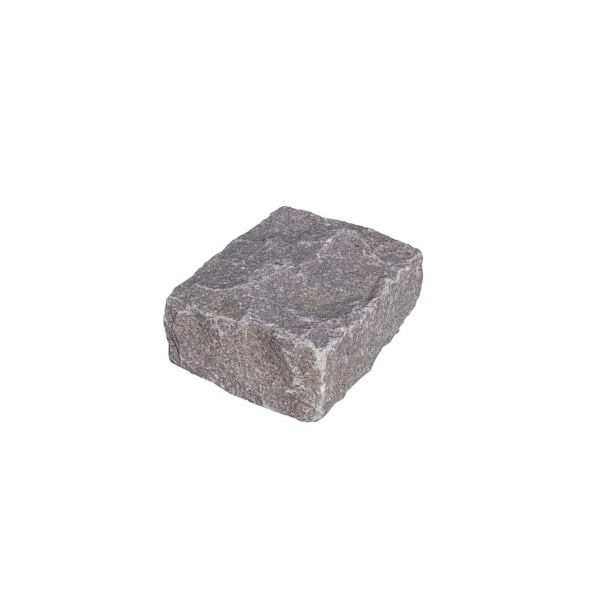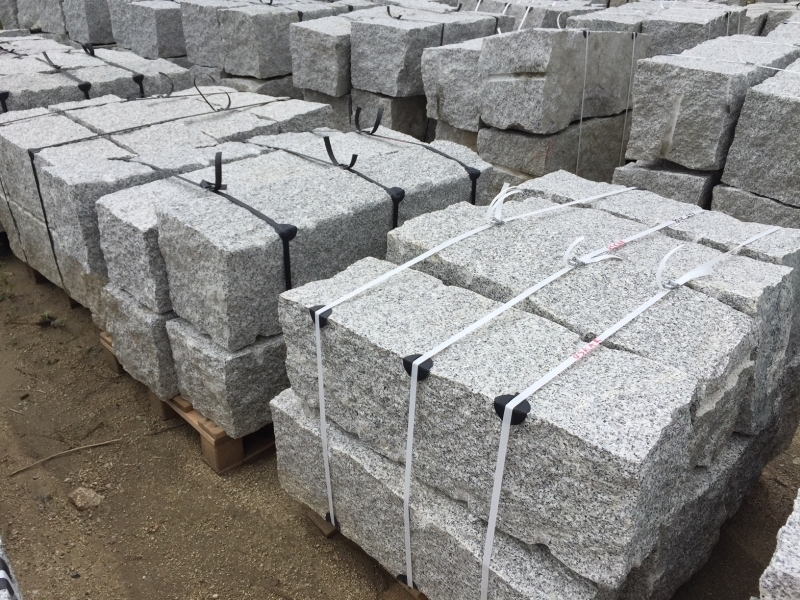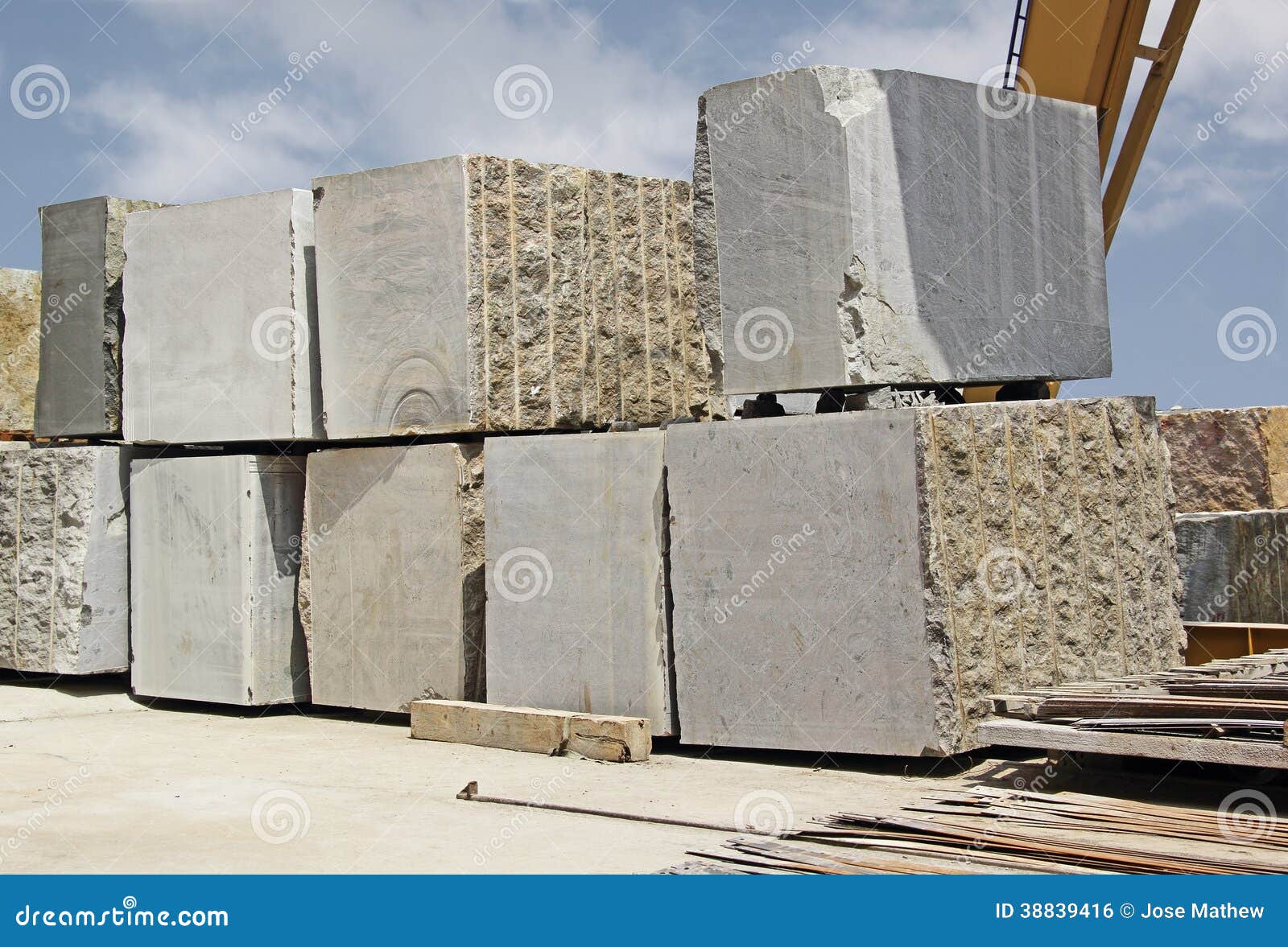Rock-Solid Elegance: Recognizing the Aesthetic Allure of Granite Quarries in Rustenburg
Wiki Article
From Stone to Grandeur: Uncovering the Tricks of Granite Quarries
' From Stone to Natural Beauty: Discovering the Keys of Granite Quarries' is an expedition right into the remarkable globe of granite quarries. This comprehensive study delves right into the history, extraction procedure, tools, and strategies made use of in granite quarrying. It likewise clarifies the transformation of raw granite right into building marvels, showcasing the detailed craftsmanship included in developing sensational frameworks. The publication examines the impact of granite quarries on the atmosphere, offering beneficial understandings into sustainable practices and ecological preservation. With its careful research study and appealing narrative, 'From Stone to Splendor' provides a valuable resource for specialists, scientists, and enthusiasts in the field of quarrying and design.The History of Granite Quarries

In old Egypt, granite quarries were purposefully located along the Nile River, supplying easy accessibility to move the heavy rock blocks. The popular pyramids of Giza, including the Excellent Pyramid, were created using granite sourced from these quarries. In ancient Greece, the island of Naxos was renowned for its top quality white marble, which was quarried and made use of in the building and construction of famous structures like the Parthenon.
The Roman Realm likewise counted greatly on granite quarries, specifically in the building of their grand building jobs. The Colosseum in Rome, for instance, was built using granite sourced from quarries in Egypt and Greece. The Romans better progressed the quarrying methods, utilizing experienced artisans and engineers to remove and transportation granite throughout huge distances.
Today, the heritage of these ancient granite quarries remains to influence modern style and building. The expertise and expertise gained from centuries of quarrying have been given through generations, ensuring that granite remains a cherished and in-demand structure material.
The Removal Refine of Granite
Having checked out the historical importance of granite quarries, we now dig right into the intricacies of the removal process, which is a vital action in transforming raw rock into the splendid building material it becomes. The removal process of granite entails several stages, beginning with the initial expedition and recognition of potential quarry websites. When a suitable site is discovered, the removal process starts with the removal of overburden, which describes the soil, greenery, and various other products covering the granite deposit.After the overburden is gotten rid of, the next action is drilling and blowing up. This involves drilling openings into the granite making use of specialized equipment and then placing dynamites right into the holes. The dynamites are detonated, fracturing the granite right into convenient pieces. These pieces are after that more damaged down into smaller sizes utilizing equipment like ruby cable saws or hydraulic splitters.
As soon as the granite is broken down right into smaller sized dimensions, it is loaded onto trucks or conveyor belts and moved to a processing center. At the handling center, the granite is further improved with cutting, shaping, and brightening procedures. granite quarries in rustenburg. This is done utilizing numerous cutting and brightening tools, such as saws, mills, and brushes, to achieve the desired dimension, shape, and finish
Methods and devices Made use of in Granite Quarrying
Granite quarrying includes the use of a range of tools and strategies to draw out the rock from the planet's surface. These tools and techniques have actually evolved gradually, coming to be extra efficient and innovative. One of the primary devices utilized in granite quarrying is the ruby wire saw. This tool includes a cord embedded with diamond beads, which have the ability to puncture the granite with accuracy and ease. The cable is connected to a device that regulates the tension and speed, permitting regulated and exact cutting. see thisOne more essential device in granite quarrying is the drilling equipment. When the nitroglycerins are detonated, they fracture the granite, making it much easier to remove from the quarry.
In enhancement to these tools, there are various techniques made use of in granite quarrying. These methods, along with the use of advanced equipment, have actually made granite quarrying more reliable and less labor-intensive.
Transforming Raw Granite Into Architectural Marvels
After the removal process, the raw granite goes through a transformative trip to end up being breathtaking building marvels. This procedure includes numerous stages that require precision and craftsmanship. Firstly, the removed granite blocks are delivered to a manufacture facility where they are cut right into slabs of different densities utilizing advanced cutting devices such as diamond cable saws. These pieces are then polished to boost their natural appeal and develop a smooth, shiny coating.When the pieces prepare, they can be further processed to meet details layout requirements. Knowledgeable artisans make use of advanced machinery and devices to shape the granite right into preferred forms, such as kitchen counters, flooring floor tiles, or complex sculptures. This procedure needs precise interest to detail and proficiency to make sure that the last product meets the finest criteria.
Next, the completed granite pieces are carefully evaluated for any type of problems or imperfections. Any minor problems are attended to, and the pieces are diligently cleaned to eliminate any dirt or debris. The transformed granite is packaged and prepared for transportation to its intended location.

The Effect of Granite Quarries on the Setting
The ecological effect of granite quarries is a considerable issue that needs to be dealt with in order to guarantee lasting practices in the stone industry. Granite quarries can have a destructive result on the surrounding environment, consisting of the destruction of habitats, air pollution of air and water, and the generation of too much sound and dust.Among the main issues is the devastation of all-natural environments. Granite quarries typically involve the elimination of large amounts of plants and topsoil, leading to the displacement of wild wikipedia reference animals and disruption of ecological communities - granite quarries in rustenburg. This loss of biodiversity can have long-lasting repercussions for the surrounding atmosphere
Another major problem is the pollution of air and water. Quarrying tasks can launch dangerous pollutants into the atmosphere, such as particle matter and poisonous gases. These toxins can add to air pollution and have damaging health effects on both humans and wildlife. Additionally, the removal of granite can cause the contamination of neighboring water resources through the discharge of chemicals utilized in the quarrying process.

To alleviate these environmental impacts, the stone market have to take on lasting techniques. This consists of implementing steps to decrease habitat damage, improving air and water contamination controls, and implementing efficient dust and sound suppression techniques. In addition, reclamation efforts need to be taken on to restore quarried locations to their natural state and support the regeneration of biodiversity.
Final Thought
In conclusion, granite quarries have actually played a substantial duty in shaping human background and continue to add to architectural wonders. Comprehending the keys of granite quarries allows us to appreciate the workmanship and elegance that can be visit this web-site obtained from this natural source.' From Stone to Grandeur: Unearthing the Secrets of Granite Quarries' is an expedition right into the fascinating world of granite quarries. The history of granite quarries can be traced back to old times, with proof of quarrying activities located in ancient Egypt, Greece, and Rome. The Colosseum in Rome, for example, was developed using granite sourced from quarries in Egypt and Greece - granite quarries in rustenburg. These techniques, along with the use of sophisticated machinery, have made granite quarrying more effective and less labor-intensive. In addition, the removal of granite can result in the contamination of close-by water resources with the discharge of chemicals utilized in the quarrying procedure
Report this wiki page